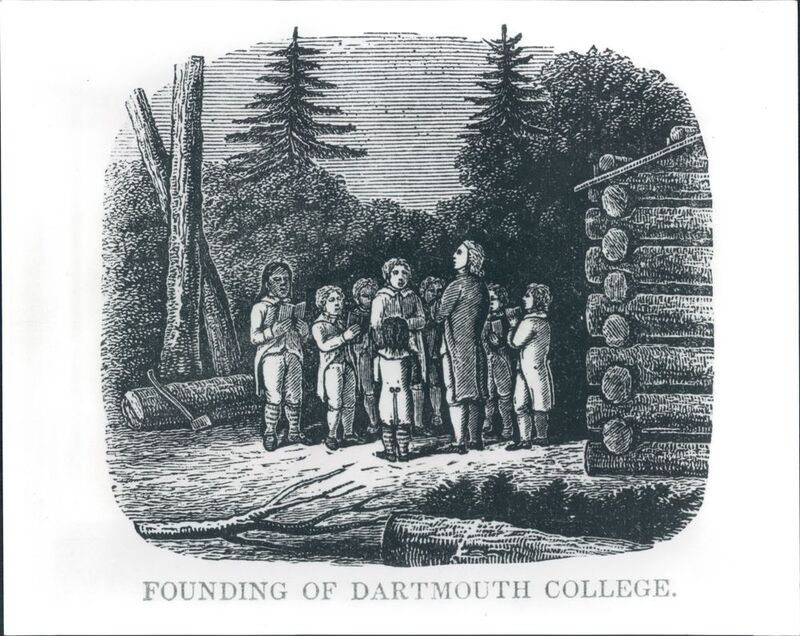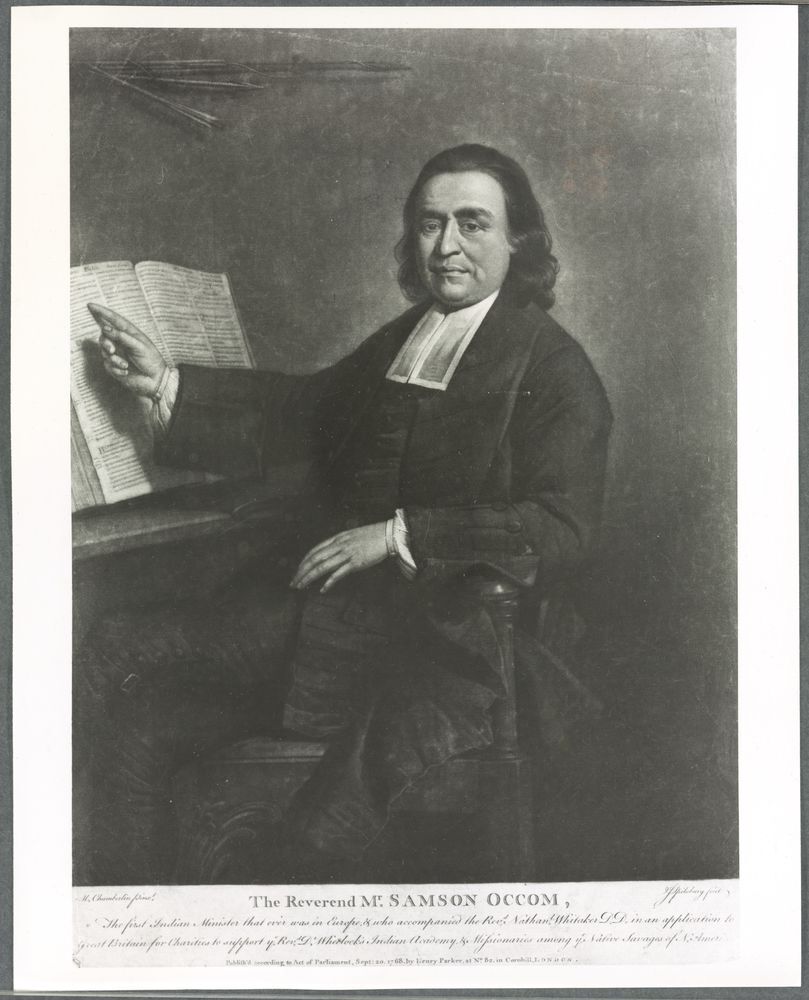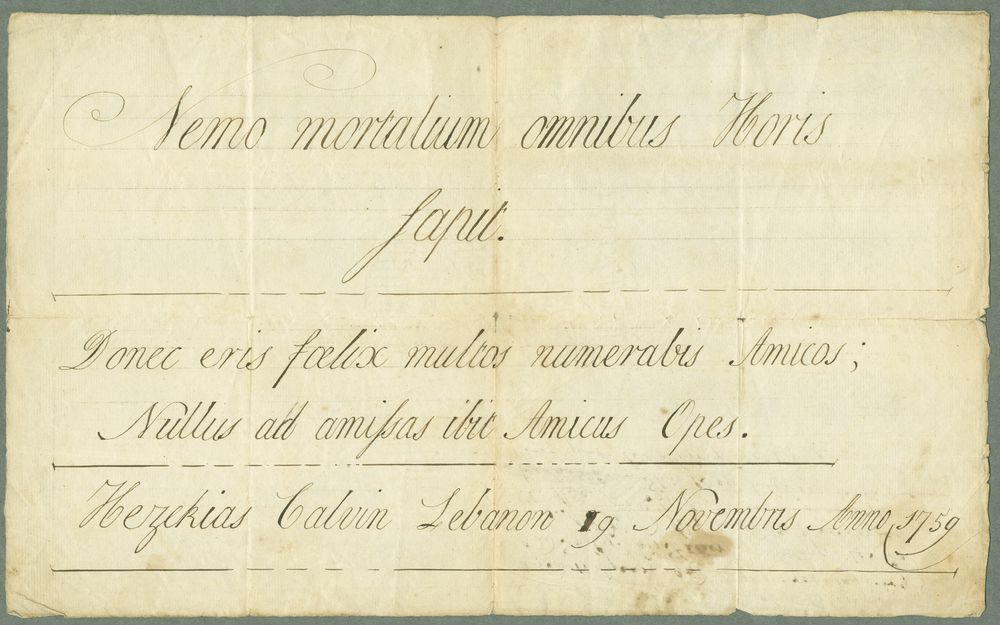What the Liberal Arts Are, or Ought to Be
From the beginning, the liberal arts at Dartmouth have defined both teaching and learning. Eleazar Wheelock’s early efforts to educate Indigenous students focused on a traditional curriculum of scripture and Classical studies. With the goal of having the students serve as missionaries to their native nations, the liberal arts also became a tool of assimilation. By 1769, Wheelock began focusing on the education of young colonial men. Over the next 250 years, Dartmouth grew, added professional schools and graduate education, and often changed its undergraduate curriculum. For some, change was unwelcome; for others, change could not come soon enough. Throughout, change raised fundamental questions about the institution’s purpose and what the liberal arts are, or ought to be. The longstanding presence of professional schools at Dartmouth College made for repeated reflection on the relationship between the liberal arts and a more “practical” education. How Dartmouth answered questions about the liberal arts is a part of its unique history; it is also part of the development of the liberal arts college and its enduring influence on undergraduate education in the United States.
Previous: Curriculum Vitae -- Next: The Curriculum Expands





